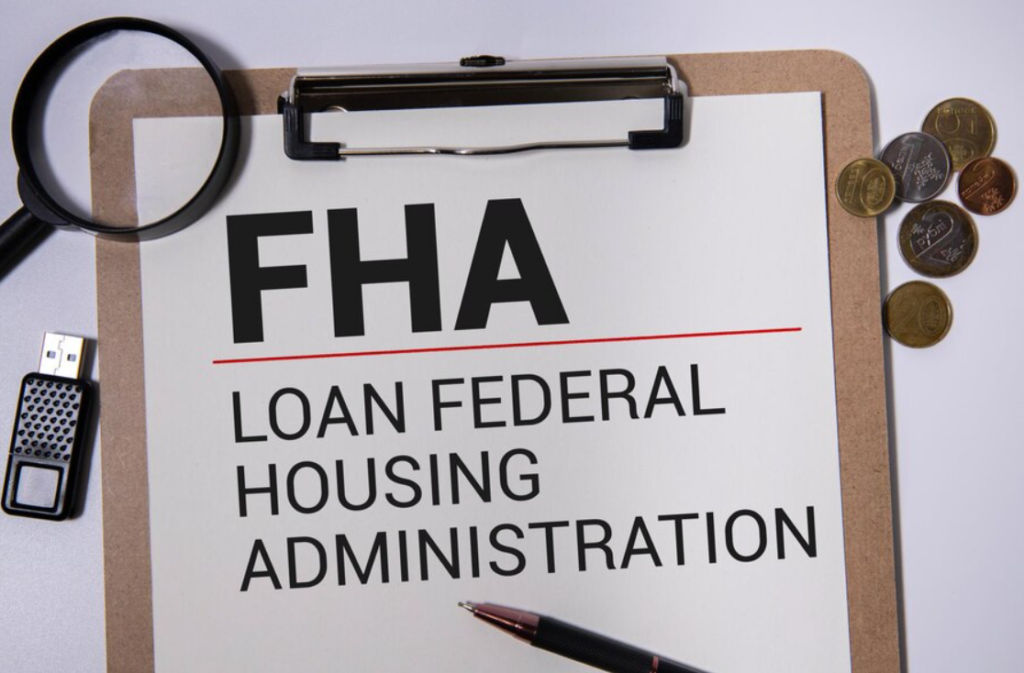Hard Money Loan Rates in California: What Borrowers Should Know


Hard money loans are asset-based financing options that provide quick capital for investors in California’s high-demand real estate market. These loans are ideal for borrowers with weak credit or financial portfolios, offering flexibility but at higher interest rates, which range from 9.5% to 14% as of 2024. Key factors influencing rates include property location, lender risk appetite, loan amount, and the borrower’s exit strategy. Borrowers in prime locations like Los Angeles and the Bay Area may face higher rates due to increased demand and market volatility. Understanding hidden costs such as origination, underwriting, and appraisal fees is crucial to securing favorable terms. Partnering with experts like Munshi Biz ensures investors maximize long-term returns by navigating lender negotiations and market dynamics effectively.
FHA vs. HUD Loans: Understanding the Key Differences


FHA and HUD loans are both government-backed mortgage options designed to help people achieve homeownership, but they differ in scope and eligibility. FHA loans, managed by the Federal Housing Administration, are more flexible and accessible for first-time buyers and those with lower credit scores, offering low down payments (as low as 3.5%) and higher interest rates. HUD Home Financing, a broader umbrella of programs under the U.S. Department of Housing and Urban Development, includes FHA loans and other assistance programs aimed at various groups like veterans and low-income families. Key differences include eligibility, down payment requirements, and interest rates, with HUD programs often offering additional incentives for specific borrowers. Choosing between FHA and HUD loans depends on your credit score, income, and home buying goals. It’s crucial to evaluate not just interest rates but the total cost of ownership, including closing costs and mortgage insurance. Consulting a mortgage expert can help you make the right decision for your unique financial situation.
Higher Interest Rates or Points: Which is Better for Your Hard Money Loan?


Hard money loans are an essential financing tool for real estate investors looking for quick, asset-based funding. This blog explores the critical decision between accepting higher interest rates or paying upfront points, both of which influence the total cost of the loan. While hard money loans typically come with interest rates ranging from 10% to 18%, borrowers can opt to lower their rates by paying upfront points—fees calculated as a percentage of the loan amount. Factors such as project profitability, duration, and immediate capital needs play a significant role in determining whether to prioritize lower interest rates or fewer points. For long-term investments with extended timelines, paying more points upfront reduces the overall cost, while short-term projects benefit from higher interest rates with fewer points paid. This blog also provides formulas for calculating monthly interest payments and total loan costs, helping borrowers understand the financial implications of their choices. Whether you’re a seasoned investor or a newcomer, understanding how interest rates and points affect your loan structure is crucial to maximizing your real estate returns.
Potential Challenges and Pitfalls of Jumbo Home Loan Refinancing


Are you thinking about refinancing your jumbo home loan? Of course, it would be pertinent to remember that it is one of the most effective measures to reduce monthly expenditures for housing expenses but at the same time, there are certain challenges and potential losses. To help you understand the factors for refinancing your jumbo […]
What Are the Biggest Pitfalls to Avoid in Jumbo Home Loan Refinancing?


Refinancing a jumbo home loan can offer benefits such as reduced interest rates, lower monthly payments, and access to cash, but it comes with several potential pitfalls. Premature refinancing without considering the impact of closing costs, prepayment penalties, and long-term financial goals can lead to costly mistakes. Borrowers should also take care to maintain a good credit score, review their homeowner’s insurance, shop around for competitive lenders, and consider the effect of rising interest rates and the home appraisal process on their refinancing terms. Additionally, overlooking potential tax implications could diminish the overall benefits of refinancing. By carefully evaluating these factors and seeking expert advice, borrowers can make more informed decisions and avoid common refinancing missteps.
5 Mistakes to Avoid When Working with Hard Money Lenders in California
Navigating California’s competitive real estate market with hard money loans can be both rewarding and risky. Investors often choose hard money loans for quick, flexible capital access, but there are common pitfalls to avoid. These include neglecting to research the lender’s reputation, not fully understanding loan terms, failing to develop a solid exit strategy, mismatching loan periods with project timelines, and overlooking extra fees. By avoiding these mistakes, investors can secure better deals and protect their investments. Partnering with trusted professionals like Munshi Biz ensures a smoother, more informed hard money loan process, helping both novice and seasoned investors thrive in California’s dynamic real estate market.
No-Doc Home Loans for Primary Residences: A Guide for Borrowers


No-doc home loans, also known as no income verification loans, are designed for individuals unable to provide traditional income proof, making them ideal for self-employed borrowers or those with irregular income streams. These loans, while offering flexibility in documentation, typically require higher interest rates, strong credit scores, and larger down payments to mitigate lender risks. There are several variations, including NINA (No Income, No Assets) and SIVA (Stated Income, Verified Assets), each offering different levels of verification. Despite the potential drawbacks, no-doc loans provide a streamlined application process, quick approval, and financial flexibility, making them an attractive option for high-net-worth individuals or borrowers with non-conventional income sources. Munshi.Biz offers personalized mortgage options, allowing borrowers to explore alternatives that align with their unique financial needs and long-term goals.
FHA Streamline Refinance: A Simplified Guide for Homeowners


An FHA streamline refinance is a cost-effective, efficient way for homeowners with existing FHA loans to lower their interest rates, reduce monthly payments, or shorten their loan term without the need for extensive paperwork or an appraisal. This refinancing option offers two types: credit-qualifying and non-credit qualifying, each catering to different borrower needs. Key benefits include the potential to eliminate mortgage insurance premiums (MIP) and faster loan processing, often within 30 days. However, homeowners must meet specific requirements, such as a 210-day waiting period and a “net tangible benefit” test. While closing costs are lower than standard refinancing, mortgage insurance may still apply if MIP cannot be canceled. Consult a mortgage lender to determine if this option suits your financial situation.
FHA Loan Closing Costs: A Comprehensive Guide


When purchasing a home with an FHA loan, it’s essential to understand the various closing costs involved, which typically range between 3% and 6% of the purchase price. These costs include loan origination fees, appraisal fees, title insurance, property taxes, and more. Factors such as loan amount, location, lender fees, and property type can influence the total costs. While most closing costs fall to the buyer, some may be negotiated with the seller. To reduce expenses, buyers can explore grants, negotiate with lenders, or even roll the closing costs into the loan amount. Using a closing cost calculator and comparing lender fees are practical ways to estimate and minimize these costs. Understanding FHA loan closing costs is crucial for effectively managing the financial aspects of buying a home.
VA Streamline Refinance (VA IRRRL): A Simplified Guide for Veterans


The VA Streamline Refinance (VA IRRRL) is a refinancing program designed for veterans, offering a simplified process with reduced interest rates, minimal documentation, no credit score requirement, and lower out-of-pocket costs. Key benefits include easy qualification, flexible loan terms, and no appraisal requirement, making it an attractive option for veterans looking to lower monthly payments and interest costs. However, it is only available to those with existing VA loans, and there’s no cash-out option. By converting from adjustable to fixed-rate mortgages, veterans can safeguard against future interest rate fluctuations. For tailored advice and to maximize the benefits of VA IRRRL, consult a VA-approved lender.
